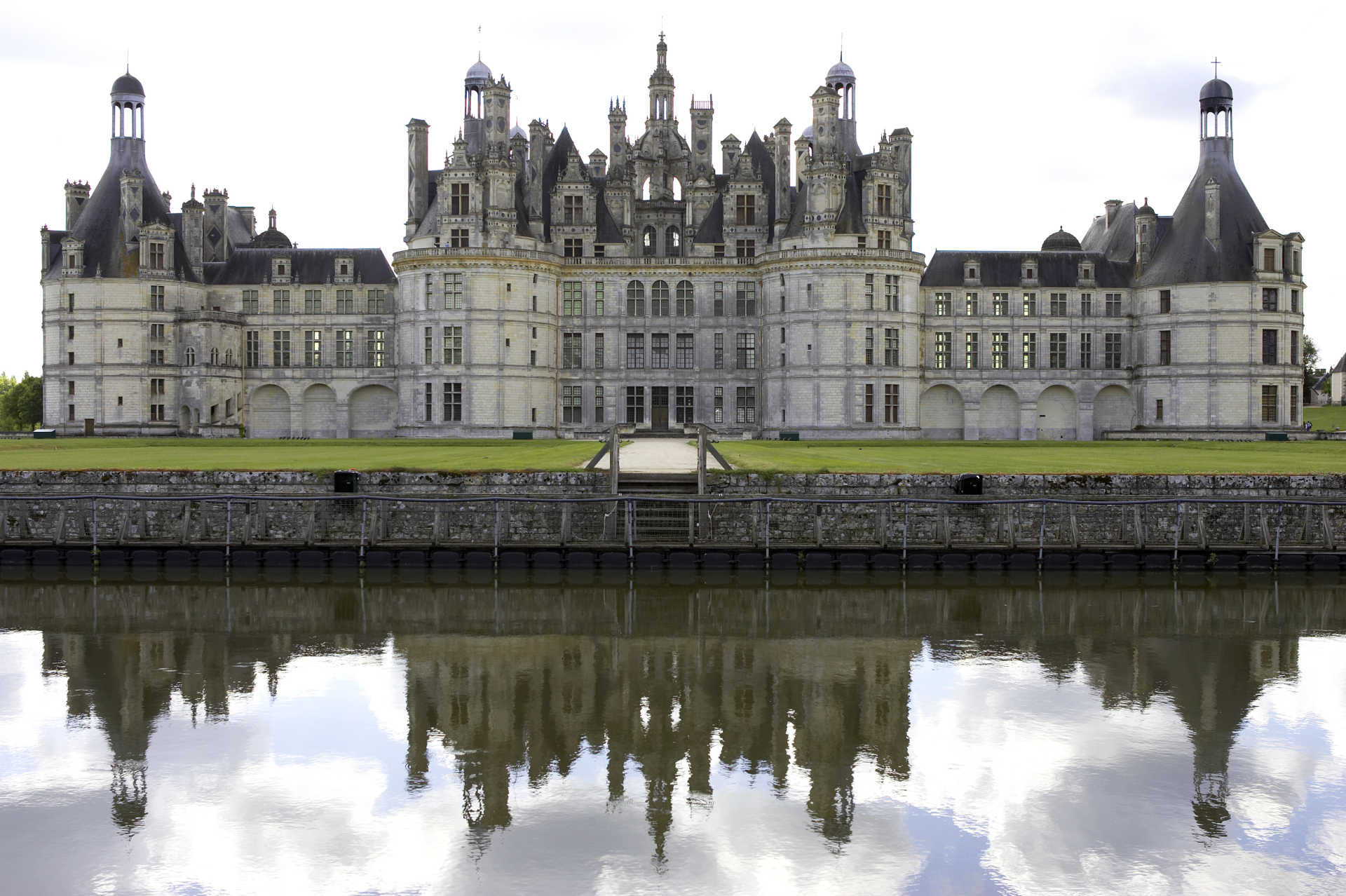Domaine de la Pepiere Muscadet Les Gras Moutons 2017



Product Details
Your Rating
Somm Note
Winemaker Notes



Right at the edge of Brittany, Domaine de la Pépière is located in the village of Maisdon-sur-Sèvre. Marc, who grew up in the hamlet of La Pépière, created the estate in 1984. The name La Pépière has its root in the word ?pépie?, which means thirst. When you walk above the hamlet, on the slopes where vines are planted, it is easy to understand why the place got that name.
Winemaker Marc Ollivier hand harvests, uses natural yeasts, waits for the wine to finish and bottles with a very light filtration. The vineyards are in old vines (40 years and older) with a particularly good exposition on a plateau overlooking the river Sèvre. All the vineyards are from original stock: Ollivier is the only grower in the Muscadet who does not have a single clonal selection in his vineyards.
The Domaine believes that the quality of a wine depends entirely on the quality of the grapes it was made with. Rémi joined the estate in 2007, and actively worked on the organic conversion of the vines. Gwénaëlle, who came in 2013, has pushed things further with a shift towards bio-dynamic viticulture. It is the complexity of the terroirs of Sèvre et Maine that guides their choices. They are happy to share this diversity with you.

Made famous in Muscadet, a gently rolling, Atlantic-dominated countryside on the eastern edge of the Loire, Melon de Bourgogne is actually the most planted grape variety in the Loire Valley. But the best comes from Muscadet Sèvre et Maine, a subzone of Pays Nantais. Somm Secret—The wine called Muscadet may sound suggestive of “muscat,” but Melon de Bourgogne is not related. Its name also suggests origins in Burgundy, which it has, but was continuously outlawed there, like Gamay, during the 16th and 17th centuries.

The Pays Nantais, Loire’s only region abutting the Atlantic coast, is solely focused on the Melon de Bourgogne grape in its handful of subzones: Muscadet-Sèvre et Maine, Muscadet-Coteaux de la Loire and Muscadet-Côtes de Grandlieu. Muscadet wines are dry, crisp, seaside whites made from Melon de Bourgogne and are ideal for the local seafood-focused cuisine. (They are not related to Muscat.) There is a new shift in the region to make these wines with extended lees contact, creating fleshy and more aromatic versions.
